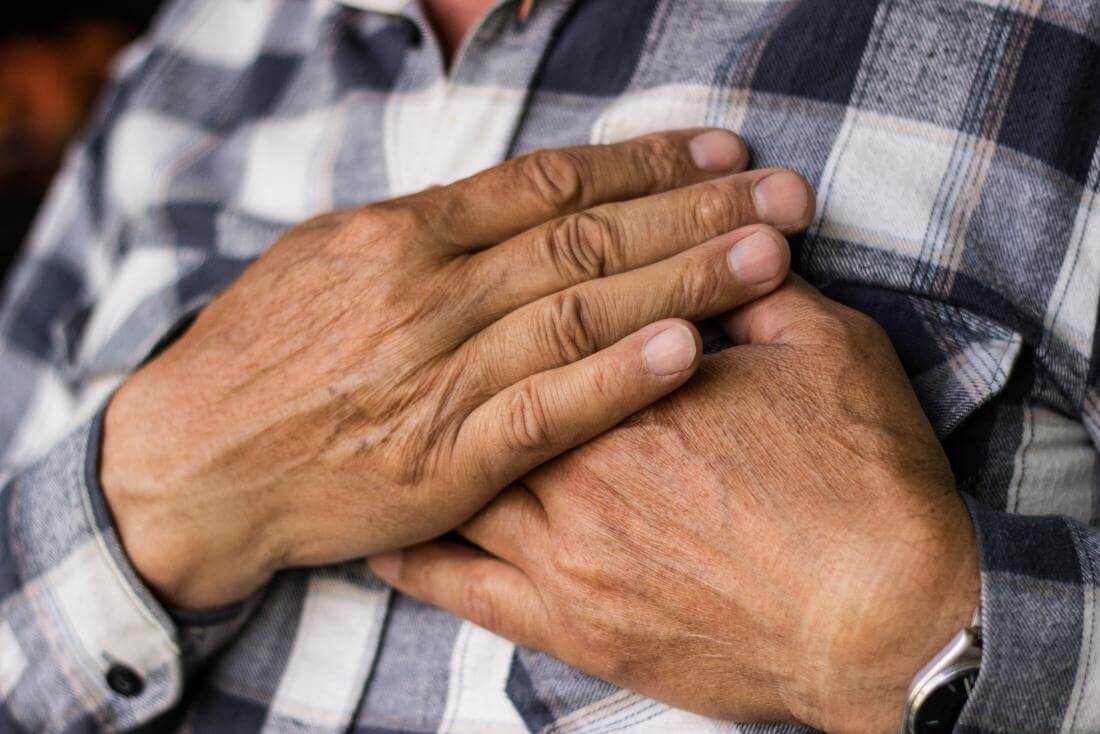Breast ultrasound elastography is an emerging imaging technique that provides statistics about a breast lesion’s capability. Using more unique records about the traits of a cancerous versus non-cancerous breast lesion, this methodology uses Artificial Intelligence (AI) to establish more accuracy compared to traditional modes of imaging. Researchers have identified the vital function AI can play in making this method more green.
Correct. In the article posted in the magazine Computer Methods in Applied Mechanics and Engineering, Indian-based researchers Dhruv Patel and Assad Oberai from the University of Southern California confirmed that it’s feasible to train a system to interpret actual-world pictures using synthetic statistics and streamline the steps to diagnosis.

In breast ultrasound elastography, as soon as a picture of the affected place is taken, it is analyzed to determine the displacements inside the tissue. Using these statistics and the bodily legal guidelines of mechanics, the spatial distribution of mechanical properties, like its stiffness, is determined. In the take a look at, researchers sought to determine if they might bypass the most complicated steps of this workflow. The researchers used about 12,000 artificial pictures to train their machine-learning rules for this.
This procedure became similar to how photograph identification software works, i.e., mastering via repeated inputs how to understand a particular man or woman in a photo or how our mind learns to classify a cat versus a canine. The researchers did nearly 100 consistent with cent classification accuracy on artificial photos once the algorithm became skilled.
They examined it on real-world pictures to determine how accurate it can be in presenting a diagnosis, measuring these outcomes against biopsy-showed diagnoses associated with these snapshots. Through enough examples, the algorithm could glean exclusive functions inherent to a benign tumor instead of a malignant tumor and make the right determination. So, with all this cash being raised in October and at different times during the year through activities like charity runs and walks, is there an effect on the breast cancer fees in the UK and around the arena? Are they coming down? Are fewer women laid low with the devastating results of breast cancer?
Unfortunately, the solution is ‘no.
In the United Kingdom, from 1993-2004, breast cancer incidence has multiplied 18.5%, which is 1% per year. One in nine girls gets the ailment throughout their lifetime, with present-day projections of 1 in 7 by way of 2010. Forty-five thousand five hundred ladies had been diagnosed in 2005, which equates to a hundred twenty-five ladies each day. Worldwide, more than a million women are identified with breast cancer each year.
It is also projected that breast cancer charges will go upward, pushing maximum in developing nations, where ladies no longer have to get the right of entry to pinnacle satisfactory care and where they can also be treated as outcasts in certain societies. Breast cancer survival costs have stepped forward. Every year, more than 12,300 ladies and 70 guys die from breast cancer. Since its height in the past due 1980s, breast cancer death prices have fallen by a third. Breast cancer pills have helped to keep girls’ lives.
As with every capsule, they will have long-term side influences. Also, the cost of those drugs puts a super strain on the NHS. If breast cancer quotes preserve to growth as they have been doing, then, consistent with Professor Karol Sikora as said in the Daily Mail on 09/09/08, “the following generation of medicine could keep sufferers alive longer, however, should swallow 1/2 of the current NHS most cancers budget within four years. (this refers to most cancer pills costing £50 billion).








